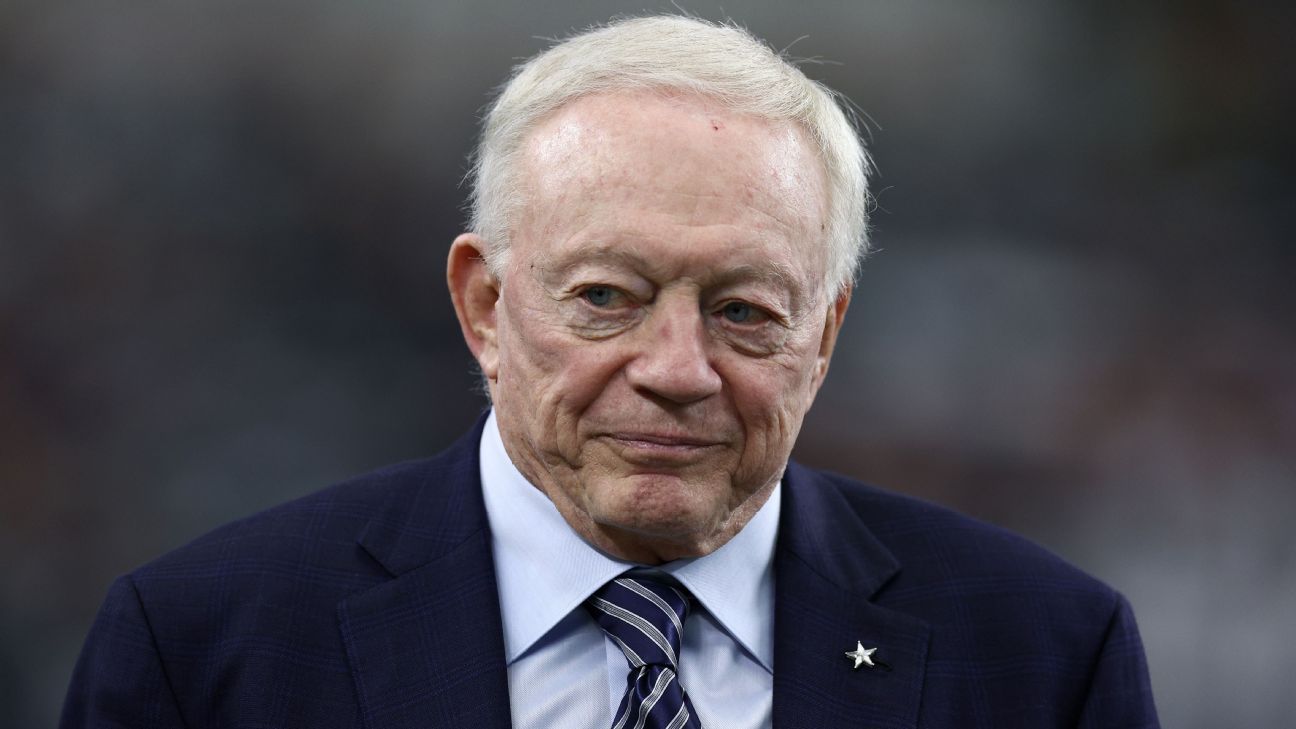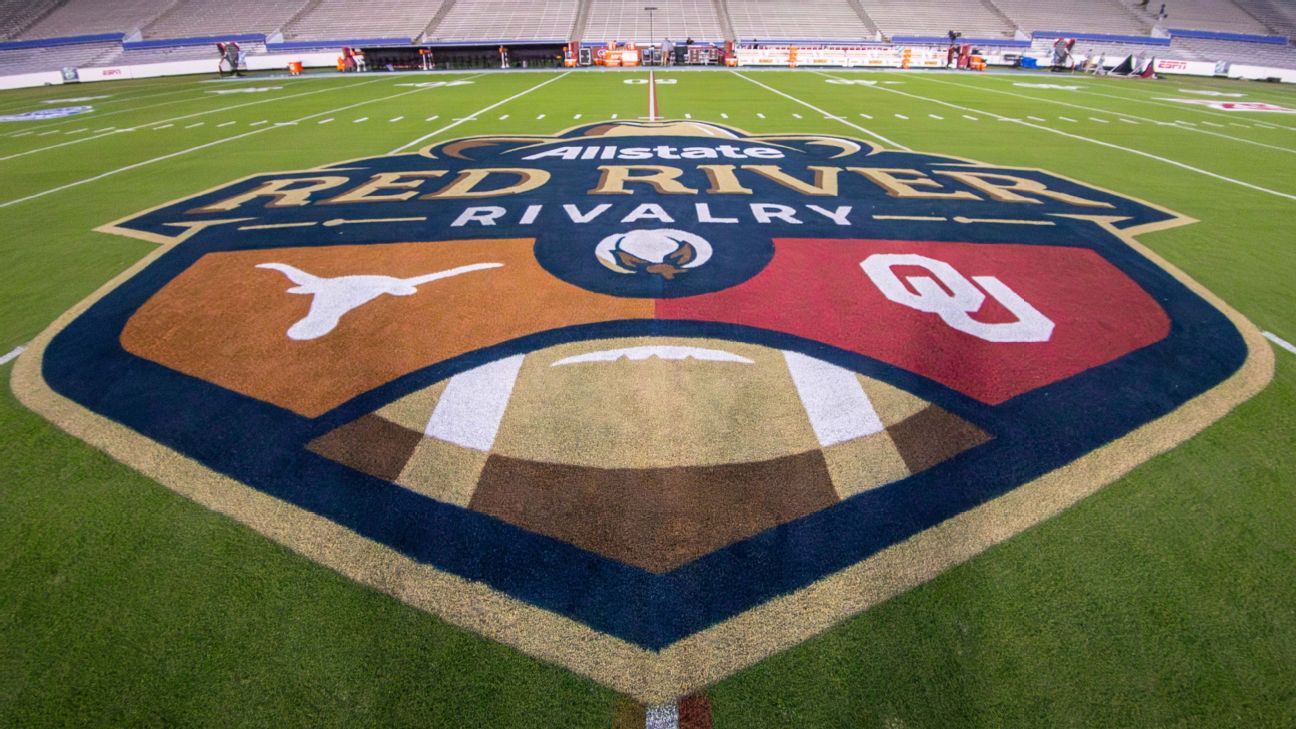
Max OlsonOct 10, 2025, 08:00 AM ET
- Covers the Big 12
- Joined ESPN in 2012
- Graduate of the University of Nebraska
Transfer portal season in college football is officially moving to January.
The NCAA Division I Cabinet formally approved a significant change to the transfer portal process Tuesday, establishing a single offseason transfer portal window for FBS and FCS players Jan. 2-16, 2026, and eliminating the spring portal window in April.
What will this mean for coaches, players and roster management across the sport this offseason? Here's a breakdown of what comes next.

What do coaches think of this change?
While head coaches have been wanting to see a single portal window in college football for years, they didn't all agree that January is the best answer for the sport.
Ohio State coach Ryan Day told reporters it "doesn't make any sense" that playoff teams will have to make decisions on next year's roster while they're still competing for a national championship.
Nebraska coach Matt Rhule said most Big Ten coaches wanted to move the portal window to April or May, citing the timing of revenue-sharing payments as another factor, because Nebraska pays its players from July 1 to June 30.
"We're going to have players getting paid by two different teams in the same year," Rhule said. "It doesn't make any sense to me."
SEC coaches came out in support of the January proposal, believing that it would ultimately be more problematic to put off these roster moves until the spring. They need to get their rosters set and their new players enrolled in January for offseason training and spring practice.
Several SEC coaches acknowledged it might not be easy for the last few teams in the College Football Playoff, but it's the right change for everybody else.
"I'm sorry, there's no crying on the yacht," LSU coach Brian Kelly said.
Why is college football moving to one portal window?
The rules around the NCAA transfer portal have changed pretty much every year since it was first established in 2018. In 2024-25, college football players got a 20-day window to enter the portal in December and a 10-day window in April. Coaches have long been vocal about the negatives of the spring portal window outweighing the positives. College basketball has a single offseason portal window. The NFL has one big free agency period. Now college football does, too. We've seen contenders go get the final missing pieces for their upcoming season during the April portal window, and sometimes those last few needs don't become obvious until a team goes through spring practice. Many players were able to earn big paydays in the most recent spring window simply because teams were desperate and eager to spend. Those are a few of the positives.
The negatives? Coaches, general managers and NIL collectives got tired of players signing deals in December and then asking for more money in April. Now that players are permitted unlimited transfers, they have a ton of leverage in the spring. The good ones can always get offered more money by someone else, and it's not easy to replace starters who leave at the end of April. It's worth noting, too, that coaches took advantage of the spring window to run off underperforming players and free up more scholarships.
The Nico Iamaleava drama at Tennessee earlier this year shined a brighter spotlight on these issues, and it can happen anywhere. There will inevitably still be plenty more disputes around NIL compensation between players and schools this offseason, but moving to a single portal window ideally means most of them get resolved by the end of January.
Why is the window moving from December to January?
In recent years, the transfer portal window has opened in early December on the Monday after conference championship games and bowl selections. That timing was logical from the standpoint that players are ready to move on to their next school at the end of the regular season. They'd have a few weeks to go through the recruiting process, take official visits and decide where they'd enroll in January.
For coaching staffs, though, the month of December is brutal. They're juggling roster retention and transfer recruiting with the coaching carousel, high school signing day, and bowl practices and games. Earlier this year, FBS coaches held their annual AFCA meeting in Charlotte and emerged in agreement that it was time for portal season to move to January.
A major talking point at that time was the fact some players were leaving College Football Playoff teams to focus on their transfer process. Texas backup quarterback Maalik Murphy made that choice during the 2023 season, and Penn State's Beau Pribula did the same in 2024. Some CFP teams did let players in the portal stay with the team to finish out the season, but coaches generally agree it's unfair for players to be put in that predicament.
Can players enter the portal before Jan. 2?
All FBS and FCS players -- including graduate transfers -- must wait until Jan. 2 to officially enter the transfer portal and initiate contact with other schools. Grad transfers were previously allowed to enter the portal early but won't be able to this offseason.
There is still an exception for players at programs that go through early coaching changes. UCLA, Virginia Tech, Oklahoma State and Arkansas players were given a 30-day window to enter the portal after their head coaches were fired in September. The D-I Cabinet changed that rule earlier this week, too. Now if a school fires its head coach before or after the January portal window, players will get a 15-day window to transfer that opens five days after the school has hired or announced its next head coach.
We're already seeing players decide to redshirt and leave their teams with the intention of entering the transfer portal after the season. Their agents are already in contact with GMs at other schools, but the players won't be able to communicate with coaches or visit schools until January.
We've seen a few unique cases, though, that prove players can circumvent the portal to transfer to another school. Miami cornerback Xavier Lucas and Tulane quarterback Jake Retzlaff unenrolled from their former schools and joined new teams this offseason without officially entering their names in the portal. Players technically cannot be recruited unless they enter the portal during the window, but it'll be interesting to see how many players still transfer after the January portal window closes and how they attempt to do so.
When do players on College Football Playoff teams transfer?
This year's College Football Playoff semifinals, the Vrbo Fiesta Bowl and Chick-fil-A Peach Bowl, will be played Jan. 8 and 9, respectively. Players on the losing teams will still have time to make moves before the portal window closes Jan. 16. But what about the teams still playing for the national title?
After the CFP National Championship game Jan. 19, players on those final two teams will have an opportunity to enter the transfer portal Jan. 20-24. We did see some activity after last season's national title game, with six scholarship players from Notre Dame and four from Ohio State hitting the portal after their season was finally over.
The FCS national championship game is scheduled for Jan. 5, so the timing of the January window won't be an issue for FCS players.
How much tampering will happen before January?
Short answer: an absurd amount.
Coaches might say they want a January portal window, but nobody is actually waiting until Jan. 2 to start pursuing transfers. Now that these players are repped by agents, the reality is these recruiting processes begin with conversations between agents and GMs throughout the season.
Last year, as schools prepared for the first year of revenue sharing in college athletics and general managers began taking the lead on contract negotiations, the agent-GM relationship became critical. Agents were already shopping around their clients in November. GMs were re-signing their returning players over the final weeks of the regular season before the portal opened. In many cases, by the time players were officially in the portal, they already had a good idea where they were going.
Though these programs were already operating with no fear of NCAA enforcement around tampering, they're now going through the agent to persuade the players they're hoping to add via the portal. One interesting element of this upcoming portal cycle to keep an eye on: Will we see more players signing with schools they've never visited? So many of these recruitments are likely to be wrapped up well before Jan. 2.
Will fewer players transfer this offseason?
The total number of offseason transfers has increased every year, and there was no reversing that trend once the NCAA had to abandon its one-time transfer rule last year. During the 2024-25 school year, more than 4,900 FBS players and more than 3,200 FCS players entered their names in the transfer portal.
The transfer windows were open for a total of 60 days when they debuted in 2022-23 and have been reduced to 45 days in 2023-24, then 30 last year and now 15. If the elimination of the spring transfer window does lead to fewer players transferring this offseason, coaches and administrators will consider that a major win. But it's important to note the role revenue sharing will play, too.
Power 4 programs investing $10-15 million (or a lot more) on their rosters have the funds to bring back the players they don't want to lose. Players can now sign multiyear deals with schools, too. These agreements are not exactly binding and won't block players from transferring, but schools are hoping the commitments they've made to these players will help with retention.
Will these changes lead to more lawsuits?
Yes. Attorney Tom Mars predicted that "experienced antitrust lawyers will be at the courthouse before the sun comes up" if the NCAA moved forward with adopting the 15-day January window and eliminating the spring transfer window, arguing that these reforms will have concerning anticompetitive effects that limit player mobility and can't be justified when less restrictive alternatives exist.
Preliminary injunctions from federal courts brought the end of the one-time transfer rule and forced the NCAA to halt its investigations into collectives and third-party NIL deals, and the NCAA is currently facing several eligibility lawsuits. The NCAA and conference commissioners have been lobbying Congress for years and are hoping the SCORE Act can provide antitrust protections if it can get passed. For now, though, it's a safe bet that we'll see legal challenges to the new transfer rules in the months ahead.


















































